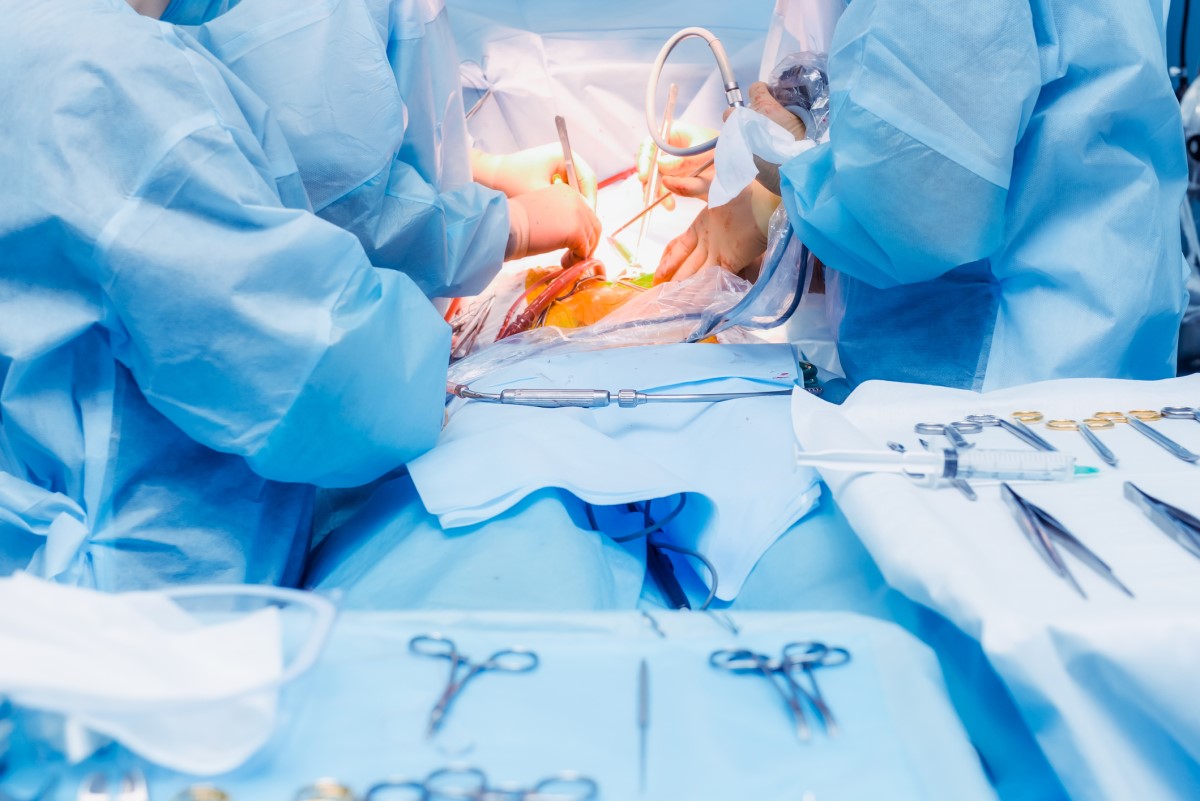Treatment of chronic pancreatitis: drugs, diet or surgery and more
The goal of treatment is to reduce abdominal pain and improve nutrient absorption. A diet is always needed, which consists of reducing the amount of fat in the diet and increasing protein and carbohydrates.
The treatment of chronic pancreatitis can be divided into medical, endoscopic and surgical.
Medical treatment
It has several forms...
Treatment of reduced nutrient absorption
Complete correction of excessive fat in the stool due to a disorder of fat metabolism (steatorrhea) is not commonly achieved. However, it can be controlled by appropriate treatment to restore the patient's fat absorption to an acceptable level. This will allow the patient to gain weight by reducing diarrhea.
Patients do not develop steatorrhoea until the lipase level falls to less than 10% of normal.
Given this, the basis of treatment has evolved through the administration of lipase replacement using pancreatic enzymes that were primarily from porcine sources.
Patients should take pancreatic enzymes during meals. This improves fat absorption and also reduces abdominal pain. However, some studies do not support this.
With pancreatic enzyme treatment, a person usually gains weight, has fewer daily bowel movements, has no drops of oil in the stool, and feels better overall.
If these measures are ineffective, further reduction in dietary fat intake may be tried. Supplements of fat-soluble vitamins (A, D, E and K) and vitamin B12 may also be needed. Selenium is sometimes used to reduce oxidative stress.
Treatment of pain
Treating chronic pain in patients with chronic pancreatitis can be frustrating for both doctors and patients.
The pathogenesis of pain remains poorly understood. It is thought to be associated with inflammation around nerve endings in the pancreas, increased pressure in the large and small pancreatic ducts and in the pancreatic parenchyma, or pancreatic cancer.
Given the considerable difficulties in treating patients with chronic pancreatitis, a systematic approach to the management of their pain needs to be developed.
They use:
- non-steroidal anti-inflammatory drugs (ibuprofen, naproxen, diclofenac)
- tramadol, hydrocodone
- antidepressants
- corticosteroids in autoimmune chronic pancreatitis
Treatment of diabetes mellitus
Diabetic drugs taken by mouth rarely help in the treatment of diabetes caused by chronic pancreatitis.
Insulin is generally needed but can cause a problem. Sick people also have reduced levels of glucagon, a hormone that balances the effects of insulin.
Excess insulin in the bloodstream causes low blood glucose (sugar) levels. This can lead to a hypoglycemic coma.
Endoscopic treatment
Many experts believe that endoscopic treatment is of great importance as a first-line method, especially in patients who are unsuitable for surgical treatment when medical treatment has failed.
It is carried out by ERCP (endoscopic retrograde cholangioscopy). During the examination, an endoscope inserted into the patient's mouth is passed into the small intestine. The pancreatic duct is inserted. It may be dilated or a stone may be removed. This reduces the pressure in the pancreatic duct, leading to pain relief.
Surgical treatment
The choice of surgery depends on the clinical problem and the preoperative assessment of the abnormality. In general, the approach focuses on either improving drainage of the pancreatic ducts or removing the diseased organ.
Data suggest that surgical drainage of the pancreatic duct is more effective than endoscopic drainage in patients with pancreatic duct obstruction due to chronic pancreatitis.











